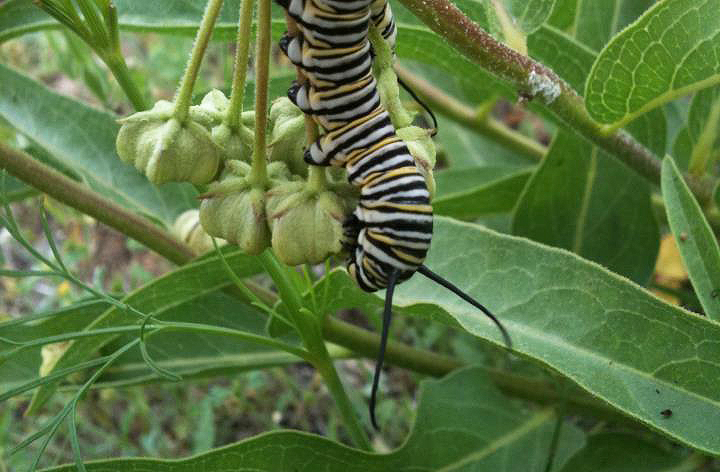“Does the flap of a butterfly’s wings in Brazil set off a tornado in Texas?”
More than fifty years ago, Edward Norton Lorenz coined the phrase “the butterfly effect”. The phrase was originally used by Lorenz, a meteorology professor at MIT, in relation to theories about weather prediction, but has since become a shorthand metaphor to describe how small changes can have larger effects. A common landowner question we receive at Landmark is what can be done to attract more butterflies? As described by Jeffrey Glassberg, the founder of the North American Butterfly Association: “Beautiful and graceful, varied and enchanting, small but approachable, butterflies lead you to the sunny side of life. And everyone deserves a little sunshine.” For many of us, the desire to attract butterflies is for purely selfish reasons – we deserve that sunshine. But, as pollinators, butterflies also play a critical role in healthy ecosystems.
Whatever your reasons for wanting to attract more butterflies, from the aesthetic to the altruistic, the following offers an overview of how even small changes can have a larger butterfly effect on your property.
Host plants
We’ve all seen butterflies alight on a flowering plant for nectar and, certainly, those plants play a key role, but the unsung butterfly heroes are host plants. Host plants are where butterflies lay their eggs and then also serve as a food source for the caterpillar. As explained by thebutterflysite.com, host plants are absolutely critical to butterfly populations:
“Because tiny caterpillars cannot travel far to find their own food, the female butterfly locates and lays her eggs on only the type of plant that the caterpillar can use as food. Most species of caterpillars are particular about the type of plants they can eat. If the egg was not placed on the correct plant, the caterpillar hatching from that egg will not survive.”
The most well-known host plant is milkweed, one species of which is known as antelope horns, as it is the host plant for the royalty of butterflies, the Monarch. When given a chance, milkweed will thrive. As noted by the Native Plant Society of Texas: “Antelope horns is not finicky about water. It has a large tap root that develops quickly which allows it to flower even during years like this one when rainfall has been pretty scarce. It prefers to grow in well-drained soil in full sun.”
While milkweed grabs the host plant spotlight, there are a variety of others you can grow and foster on your property by seeding and by allowing to go to seed by not mowing too early. Different butterflies prefer different host plants, but there are plenty of common denominators such as prickly ash and hackberry. The Dallas County Lepidopterists’ Society has a wealth of host plant information, listed by plant name and by butterfly. You can view it all on their website.
Nectar plants
After the caterpillar has fed off the host plants, it then builds a chrysalis before emerging as a butterfly that can consume nectar from a variety of flowering plants. Many, like lantana, are native to Texas drought tolerant, and probably already on your property. The Dallas County Lepidopterists’ Society also maintains a list of nectar plants on their website.
Avoiding insecticides
Pesticides and herbicides kill pests and weeds. And butterflies. Use with discretion. Further, be wary of plants, such as milkweed, purchased at “big box” stores. Plants treated with insecticides called neonicotinoids (also known as neonics) are deadly to caterpillars. Home Depot has “committed to phasing out the use of neonics on our plants by the end of 2018.” If you’re buying plants to help your butterfly populations, make sure you’re not actually hurting them. Even when purchasing from local, native plant nurseries, ask questions and be aware.
Ultimately, even small changes such as simply not doing things – not mowing too soon so host plants can go to seed or not using pesticides – can have a “butterfly effect” on your butterfly populations.
Additional Resources
Texas Parks & Wildlife hosts a number of downloadable resources to help foster butterflies on your property including:
Management Recommendations for Native Insect Pollinators in Texas (PDF)
Pollinators of Texas Fact Sheets (PDF)
Texas Monarch and Native Pollinator Conservation Plan (PDF)
Photo, above: Monarch caterpillar eating its milkweed host plant.









